A clean look isn’t always enough. Some cavities begin between teeth and remain hidden during visual checks. Dentists can’t see everything with mirrors alone. Primary molars often trap food. Decay begins quietly, especially in tight spaces. X-rays show the beginnings of soft spots. By the time a hole appears, the damage is deeper. Pain might not come until the pulp is affected. Prevention starts with seeing what eyes can’t.
X-rays reveal how permanent teeth are positioned before they erupt
There’s more under the gum than above. X-rays reveal how permanent teeth are positioned before they erupt. Some teeth drift off course. Others get blocked by crowding. Pediatric dentists track this early. Interventions become easier when movement is still possible. Waiting often means braces or extraction later. Parents assume alignment starts at eruption. But it begins long before.
Some baby teeth have more than one root, which isn’t visible from the surface
Tooth shape varies. Some baby teeth have more than one root, which isn’t visible from the surface. Extraction without knowing root form can cause complications. Roots may curve or split. X-rays reduce surprises. They help dentists plan safe extractions. Not every tooth follows the textbook. Especially in children, variation is common. What seems simple may not be.
Children who grind their teeth might show early wear that isn’t obvious yet
Grinding happens silently. Children who grind their teeth might show early wear that isn’t obvious yet. Flat edges or microfractures don’t always appear above gumline. Bitewing X-rays show how enamel thins. Some children clench during sleep. Others do it while concentrating. Early identification helps prevent long-term damage. Nightguards may be recommended. But only when evidence justifies it.
If a tooth injury happens, internal damage might not show immediately
Falls are common. If a tooth injury happens, internal damage might not show immediately. Cracks inside the root may go unnoticed. Discoloration may take weeks. X-rays reveal trauma signs before symptoms arrive. They also help assess whether the root still develops. Injured teeth in growing children can reabsorb internally. That affects future growth. Monitoring takes time, not guesses.
Spacing looks normal outside but may hide a lack of underlying teeth
The gap may lie. Spacing looks normal outside but may hide a lack of underlying teeth. Some children never develop certain permanent teeth. X-rays show agenesis clearly. Dentists check for presence and position. Timing impacts planning. Orthodontics may close gaps or preserve them. Without imaging, delay occurs. What looks even might not be future-ready.
Radiographs can confirm whether retained baby teeth are blocking permanent eruption
Some baby teeth overstay. Radiographs can confirm whether retained baby teeth are blocking permanent eruption. Delayed exfoliation raises questions. Sometimes the permanent tooth is off path. Other times, it’s missing entirely. Retained teeth may seem harmless but cause misalignment later. Dentists use X-rays to decide whether to monitor or extract. It’s not guesswork—it’s tracking development in real time.
Dental X-rays help identify cysts or tumors early, especially in jawbones
Rare, but real. Dental X-rays help identify cysts or tumors early, especially in jawbones. These anomalies rarely show symptoms early. A swelling might not appear until later. Lesions interfere with growth plates. Removing them early prevents deformities. Though uncommon, missing early signs changes outcomes. X-rays don’t just look for cavities—they scan for anything abnormal.
Monitoring spacing helps when planning for orthodontic referral
Braces don’t start from nowhere. Monitoring spacing helps when planning for orthodontic referral. X-rays show root angles, spacing, and direction. They help determine if teeth have enough room. Timing matters. Too early, and growth hasn’t stabilized. Too late, and crowding worsens. Dentists watch patterns over time. A panoramic scan often begins the conversation.
Dentists weigh frequency based on cavity risk, not age alone
Not all kids need the same schedule. Dentists weigh frequency based on cavity risk, not age alone. High-risk children get X-rays more often. Low-risk kids might go years between scans. Diet, hygiene, and history guide timing. Radiation exposure is minimized by spacing appropriately. The goal is safety without missing critical information.
Some types of X-rays require the child to stay very still for accurate results
Technique matters. Some types of X-rays require the child to stay very still for accurate results. That’s harder with younger patients. Intraoral films demand cooperation. If movement happens, retakes follow. Dentists often use distractions, countdowns, or games. It’s not painful, but unfamiliar. Experience helps. Some clinics use faster equipment designed for children.
Digital systems emit significantly less radiation than traditional film X-rays
Safety has evolved. Digital systems emit significantly less radiation than traditional film X-rays. Advances reduce exposure with better image quality. Many clinics now use digital exclusively. Protective aprons and thyroid collars add safety. Radiation from dental X-rays is already low. But improvements continue. Risk is measured in context, not isolation.
Bitewing images are most common for checking back teeth and decay
Not all X-rays look alike. Bitewing images are most common for checking back teeth and decay. They reveal spaces where toothbrushes miss. Molars trap food easily. These images are small but informative. They don’t scan the full jaw. Just critical parts. They’re typically taken once a year—sometimes more for high-risk kids.
Panoramic X-rays offer a broader view, including developing teeth and jaw structure
Bigger picture needed? Panoramic X-rays offer a broader view, including developing teeth and jaw structure. These rotate around the head. They don’t show fine detail but reveal overall positioning. Orthodontists rely on them. So do surgeons. They also detect hidden infections or cysts. One image gives many insights.
Periapical films zoom in on specific areas, often during treatment planning
Close-up needed? Periapical films zoom in on specific areas, often during treatment planning. A single tooth might need deeper analysis. Root shape, surrounding bone, or infection signs become clearer. Dentists use them before extractions, root canals, or trauma repair. They’re more focused than bitewings but less common during routine exams.
You can decline X-rays, but risk missing key problems remains
Refusal is possible. You can decline X-rays, but risk missing key problems remains. Dentists will document refusal. They won’t push—but may explain the trade-offs. Without imaging, certain issues remain invisible. Parents hold final say, but clarity helps decision-making. Fear often stems from misunderstanding, not fact.
X-rays won’t diagnose every issue but contribute key context
They’re not all-seeing. X-rays won’t diagnose every issue but contribute key context. Dentists still rely on exams. Sensitivity tests, history, and appearance matter too. Imaging fills in gaps, not replaces skill. They work together. A spot on film is a clue, not a sentence. Interpretation shapes treatment, not image alone.
Dental imaging for children focuses more on development than disease
Not always about illness. Dental imaging for children focuses more on development than disease. Monitoring patterns is essential. Growth follows no perfect script. Some teeth erupt early. Others delay. Imaging clarifies timing. It helps dentists track alignment, formation, and eruption—not just decay. Prevention begins with understanding growth curves.
Every child’s X-ray needs differ depending on risk, growth, and previous dental history
No fixed formula. Every child’s X-ray needs differ depending on risk, growth, and previous dental history. What works for one won’t suit another. Some need more. Some barely need any. A tailored approach keeps exposure low and value high. Parents play a role in sharing habits and concerns. It’s a team decision—built around facts.
